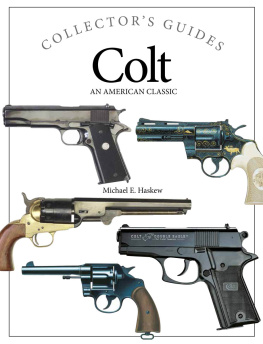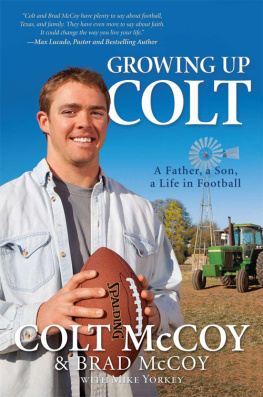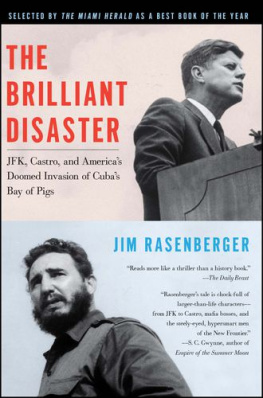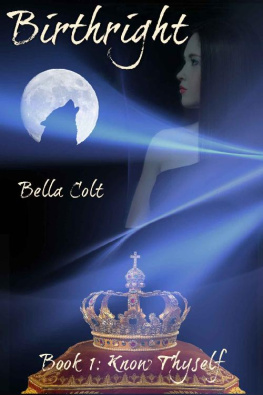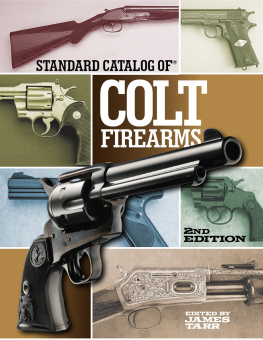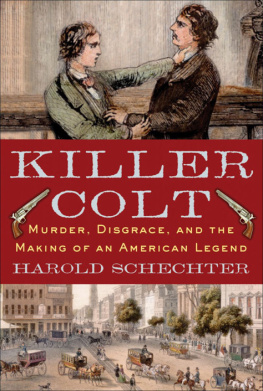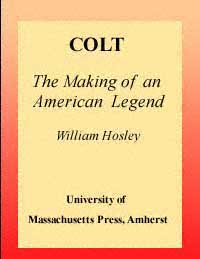| In 1986 the Wadsworth Atheneum's director called my office, anxious for a report on the status of the museum's collection of Colt firearms. The morning news carried a front-page account of an alleged scandal involving the deaccession of Colt guns by a sister institution. The press wanted to know if the Atheneum's Colt collection was intact. Had we sold anything? The fact that I, as the curator of all things American that are not pictures or sculpture, had never paid much attention to this neglected part of the collection was reason enough for concern. I scurried around and was relieved to discover that Sam Colt's personal collection of firearms, bequeathed to us by his widow Elizabeth Hart Colt in 1905, was very much intact and in relatively good order (albeit locked away and inaccessible to our visitors). |
| Little did I know that this inquiry would set in motion a sequence of discoveries and realizations that would bring the Colts, the Colt legacy, andmost of allthe Colt Collection back to center stage. It was timely. The Atheneum was then reveling in the excitement of having originated its first-ever touring loan show, an exhibition of the collection of the other great name in the pantheon of Atheneum benefactors, J. Pierpont Morgan. The museum's then chief curator, Gregory Hedberg, was so delighted with the success of Morgan that he seriously considered reinstalling much of the museum as a patronage story, an interesting proposal for an institution connected with patrons, artists, and visionaries like Morgan, Colt, Daniel Wadsworth, E. Everett Austin, Thomas Cole, Wallace Nutting, and Sol Lewitt. The Atheneum was also then hosting a national touring exhibition of American women artists. Hedberg became intrigued with our other Colt collection, the paintings assembled by Sam's widow Elizabeth. Thrilled to imagine so distinct a claim for the museum as home to America's first woman collector, Hedberg set out to rehabilitate the Colt collection and to tell the story of our most accomplished female patron. |
| Changes in administration and priorities, and the realization that both the Colt story and our Colt collection posed challenges of no small magnitude or perplexity, deferred progress. It subsequently became the responsibility of a department little versed in the story and almost entirely ignorant of the character, composition, and context of the collection to make sense of it. It turned out to be a collection twenty times larger than just the guns and of such astonishing diversity and so intensely personal that it had been dismissed years earlier as too bizarre and of no enduring artistic merit. A curatorial colleague recently described the Colt Collection as memorabilia... of marginal interest, including lots of cheap nineteenth-century travel souvenirs that rarely rise above run-of-the mill Victorian taste, including European objects that suggest a level of taste that was uninformed and ordinary.1 Thus the American Decorative Arts Department became curators of the Colt Collection by default. Aside from the guns and maybe five of the paintings, the collection had fallen into the abyss of forlorn and forgotten agendas from the museum's past. Was it really just too bizarre? Maybe we needed to find a new way of seeing. |
|


